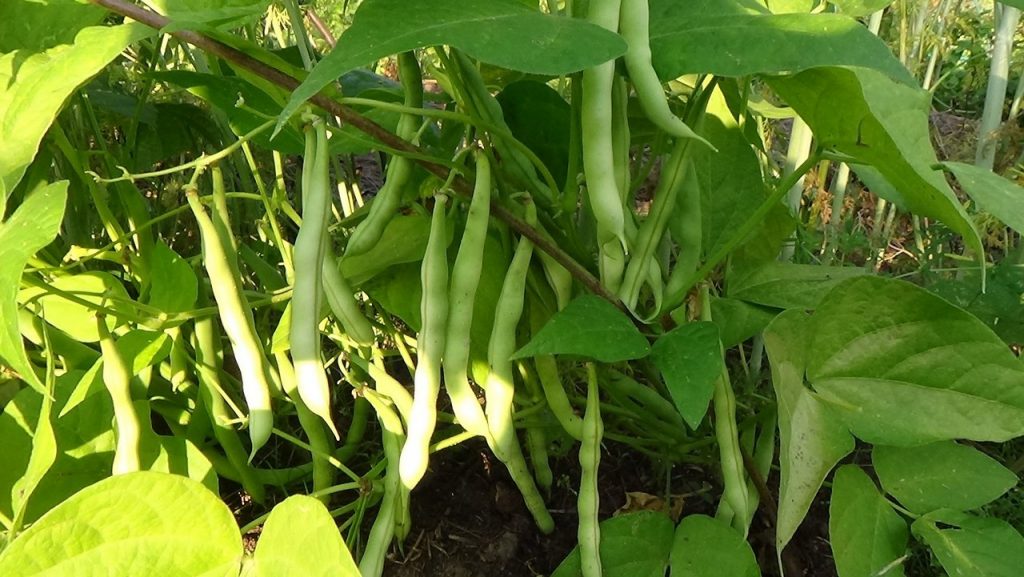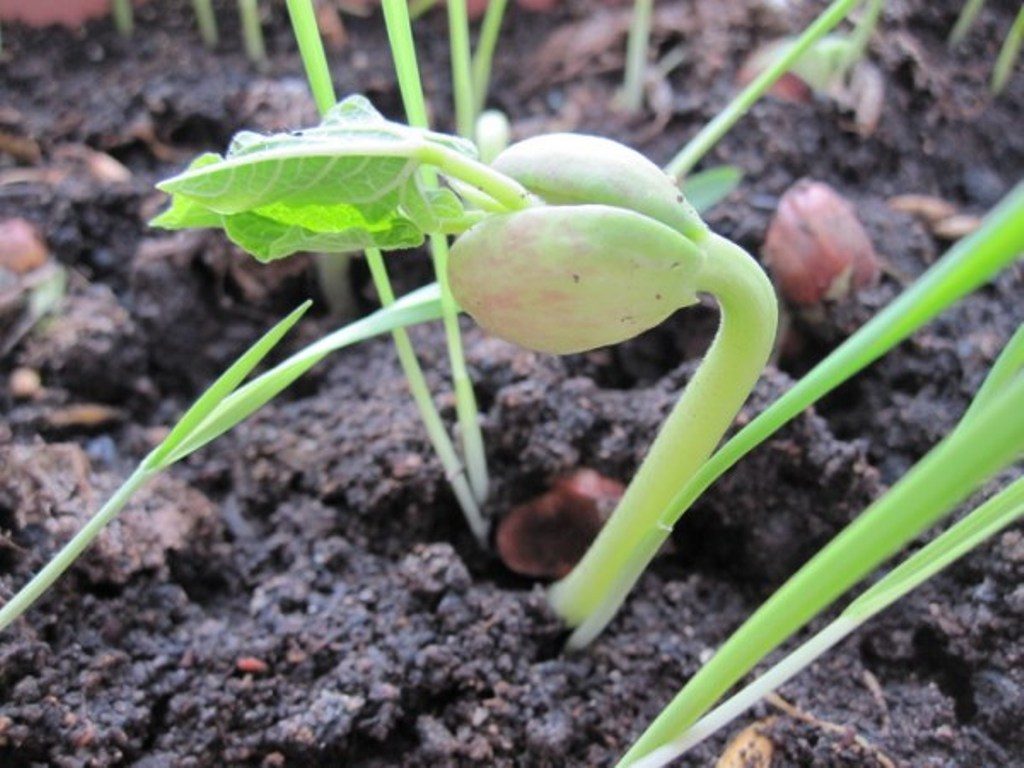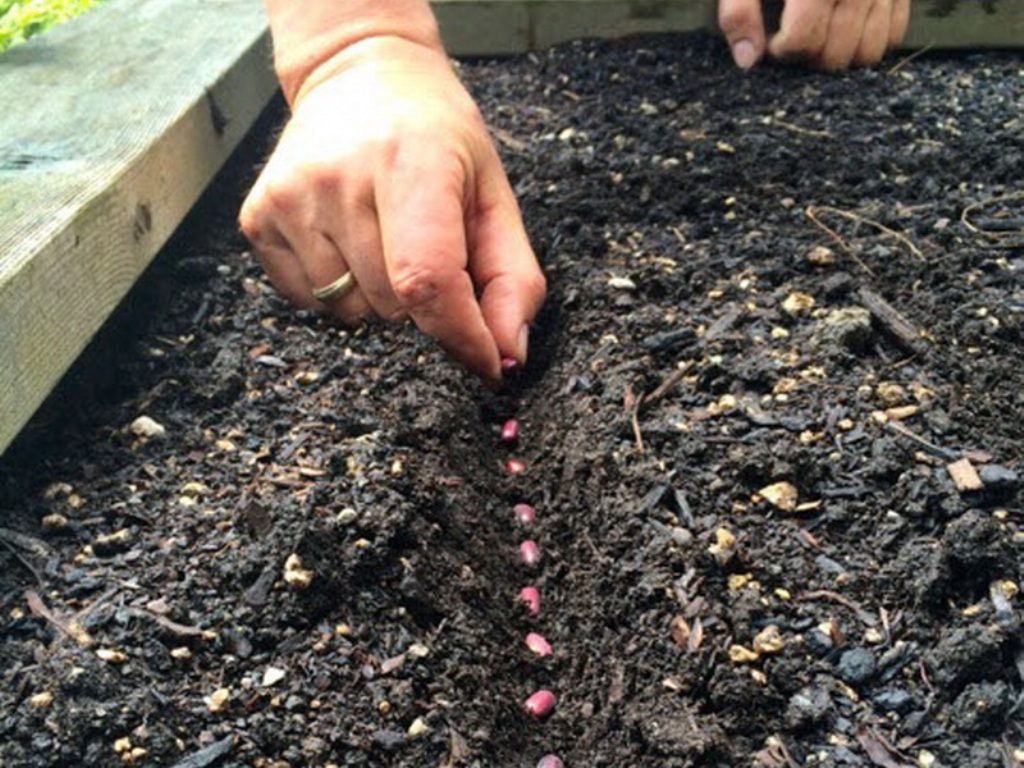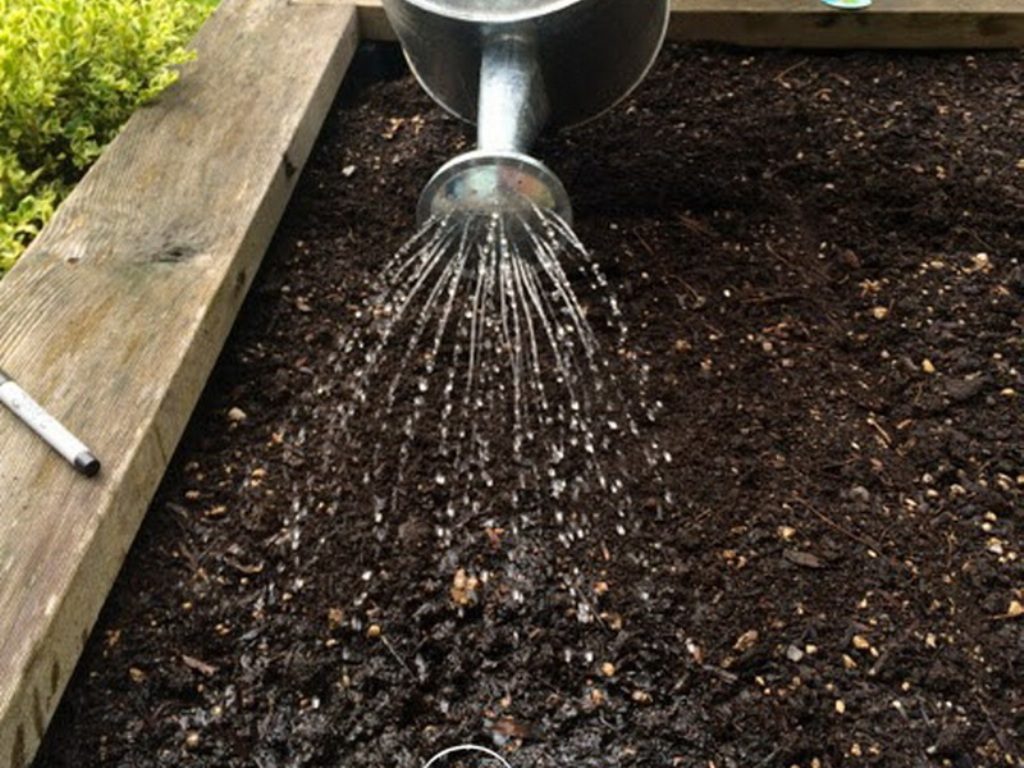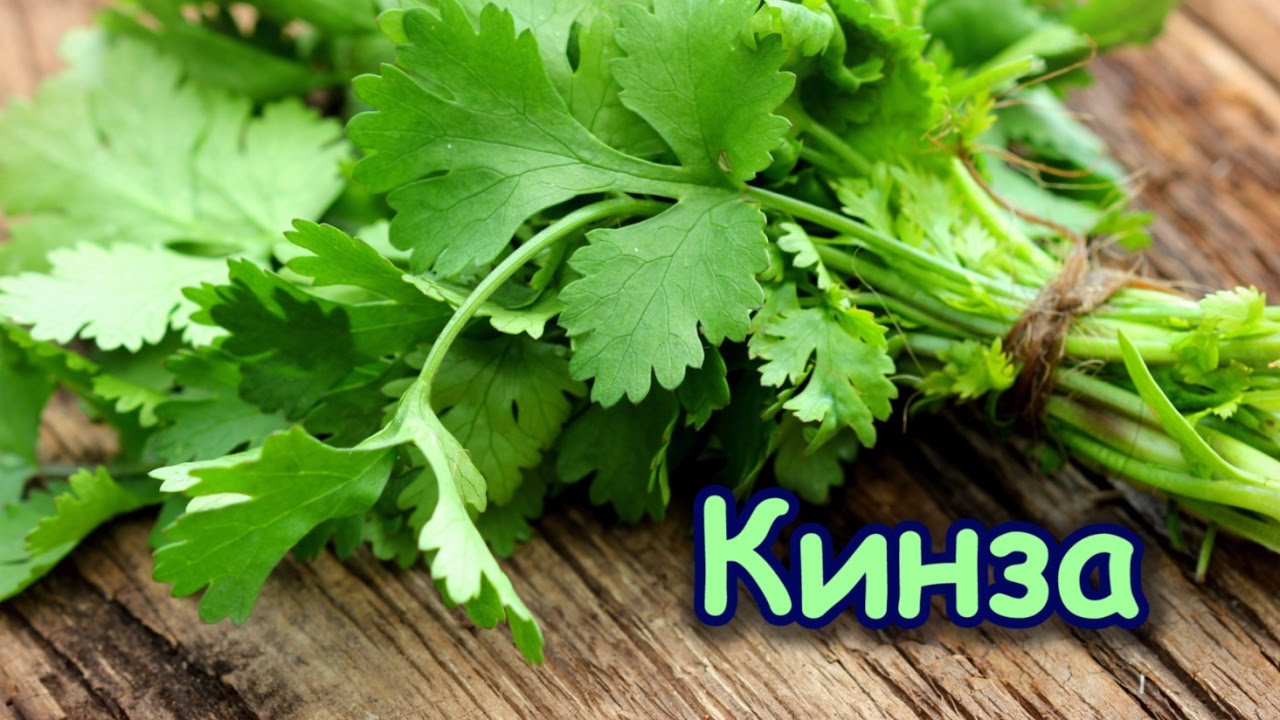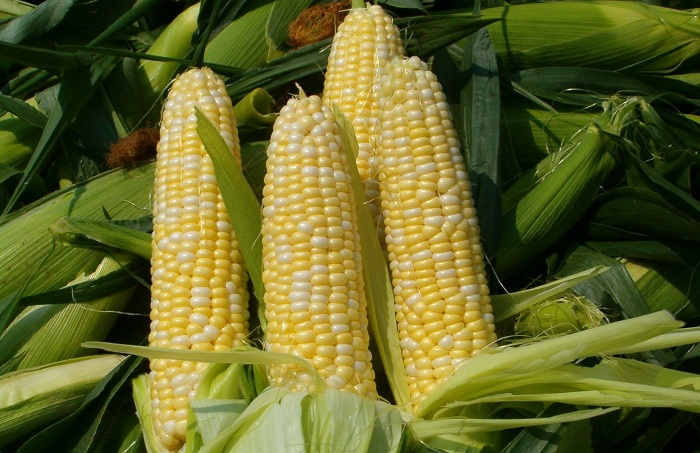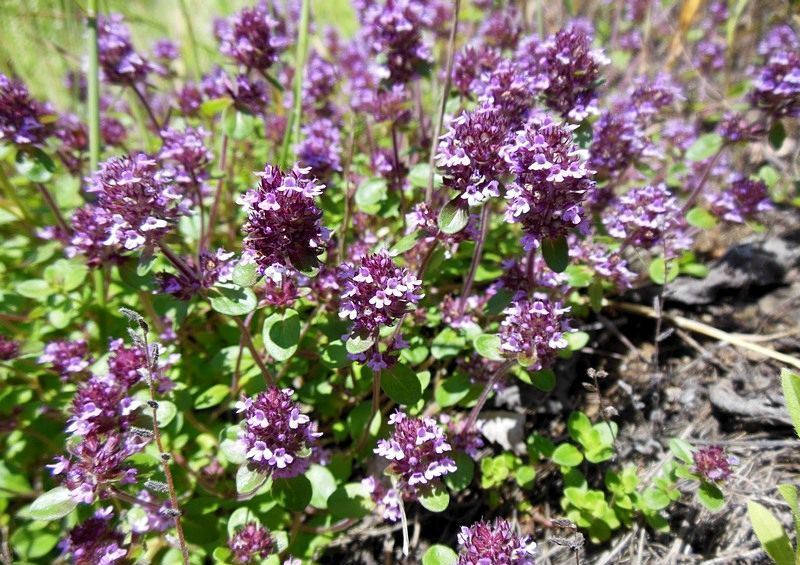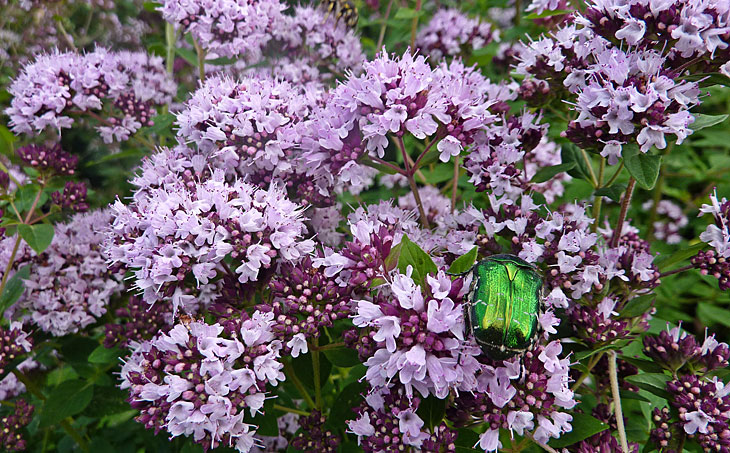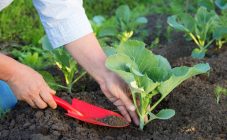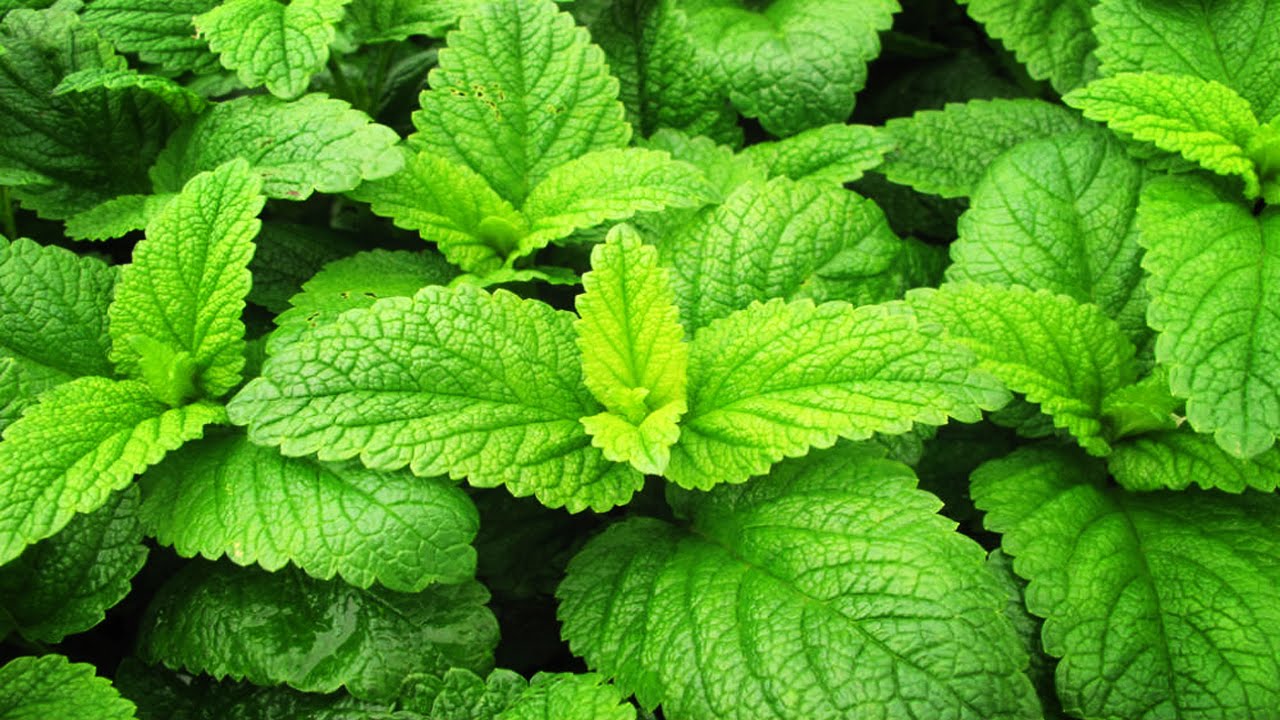Content:
Beans are a unique culture with a high concentration of macro-microelements, proteins and vitamins. Vegetables have excellent taste, they give a feeling of fullness. But to get such a useful harvest, you have to work hard.
Characteristics and features of culture
Beans are a herbaceous annual plant belonging to the legume family. The stem of the culture is erect, capable of reaching a height of 0.3 to 1.2 meters. The foliage is unpaired, painted in a deep green color. The root system of the bushes is very well developed, going into the depth of the soil by 1.5 meters. The inflorescence is formed from 4-12 flowers, their size varies from 2.5 to 3.5 cm. The flowers are white in color, on the wings there are black spots. Flowers open in the afternoon. During flowering, the plant looks attractive, the flowers exude a pleasant aroma.
Bob - the fruit of the plant reaches a length of 30 cm, it contains several seeds of black, yellow, purple, green and brown.
All varieties of beans are divided into small-seeded, medium-seeded and large-seeded, depending on the variety, they have different ripening periods, sizes, color and abundance of fruiting. These summer cottage plants are frost-resistant and immune to unfavorable climatic conditions. The culture after planting sprouts at a temperature of + 3-4 degrees, and adult plants are able to withstand temperature drops down to -4 degrees. Young plants actively grow, develop and bear fruit at a temperature of + 19-22 degrees.
Beans: planting and grooming outdoors
Beans grow well in well-lit areas. The optimal place for planting is a hill, where snow melts first with the onset of spring. How to plant beans outdoors? To get a rich harvest, it is necessary to give preference to moderately loose soil, loamy, slightly alkaline or neutral. This culture is in dire need of potassium, so if there is a lack of it in the soil, it is necessary to regularly introduce this chemical element into the soil.
The crop reacts poorly to excess nitrogen in the soil, so it is important to observe crop rotation. Representatives of legumes in the process of growing produce nitrogen-containing substances, so they cannot be planted in the same area for several years in a row.
Bad neighbors and precursors for beans are soybeans, peas, peanuts, lentils. But cucumbers, potatoes, tomatoes, cabbage, pumpkin are considered good.
Soil preparation
It is recommended to start preparing the land plot in the fall. It is necessary to dig it up and apply organic, mineral fertilizers. With the onset of spring, it is enough to loosen the soil before sowing and add no more than 15 g of urea.
Preparation of planting material
Before sowing legumes, you must carefully select the planting material. It is strongly discouraged to use non-standard and damaged seeds.
You also need to figure out how to soak the beans for planting. To do this, use a piece of gauze, abundantly moistened with warm water. The seeds are laid out in one row on cheesecloth, and covered with the other half of the cloth.
How to plant beans outdoors
Having prepared the summer cottage and the seed, you can proceed directly to planting legumes in open soil.
The scheme for planting beans in the open field: sowing is carried out in abundantly moistened soil, which must be watered again after planting. This is done so that the earth envelops the root system well.
It is convenient to plant the beans in two rows. Such a scheme will simplify the process of caring for plants and bring a large amount of harvest. The spacing between rows is maintained at least 45 cm.
The depth of the hole will depend on the composition of the soil and its severity. To a depth of no more than 7 cm, beans should be planted in a lighter soil, and a heavy one - no deeper than 5 cm.
Watering, loosening and weeding
Legumes are highly drought tolerant, so it doesn't make sense to water them often.
It is necessary to increase the frequency of watering during flowering and fruit formation, since at this time a moisture deficit can negatively affect fruiting. If the weather is dry, it is enough to water the crop twice a week, for every 1 sq. M. at least 10 liters of water. Weeding and loosening should be done as needed. The root system is well developed and branched, so the weeds will grow slowly. It is necessary to loosen the soil carefully, to a shallow depth.
Diseases and pests
Aphids are an insect that infects the tops of the shoots; they should be immediately cut off and burned. Plants must be regularly irrigated with dandelion infusion or fungicides.
Another pest that can damage the crop is the pea moth. She lays the larvae not only on leaf plates, but also on the pods themselves. For prevention, the culture should be treated with special chemical compounds, for example, Fentiuram, Phosphamide.
Legumes are also susceptible to diseases. If agrotechnical rules are not followed, they can be struck by anthracnose. This fungal disease affects the aerial parts of the plant throughout the growing season. Symptoms of anthracnose are red-brown spots on the leaves.
To combat pathology, it will be necessary to treat the plant and the soil around it with a solution of horsetail (for 3 liters of water, 300 g of dry grass). The solution is boiled for 10 minutes, after which more water is added to make the total volume of water 15 liters. It will be possible to reduce the likelihood of developing diseases if irrigation is carried out at intervals of two weeks in May and June.
When the fruits are ripe, the crop is cut at the root and tied. In this state, the fruits will finally ripen, and possibly new shoots will sprout.
Legumes are beneficial to the human body, besides, they are unpretentious in cultivation. The fruit contains a high concentration of vitamins, minerals, macro- and microelements, which not only strengthens the body, but also allows you to fight many diseases. Having mastered all agrotechnical rules, even a novice agronomist will be able to grow a decent harvest.
